

China Manufacturer Direct Wholesale Plastic Cornstarch Lunch Box Biodegradable 450ml Rectangle Food Container


High Cat Tuna Light Meat Chicken Crab Flavor Jelly Soup 80 Gram 170 Gram Canned Cat Wet Food Pet Can Food








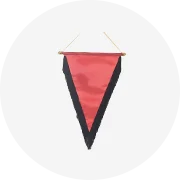
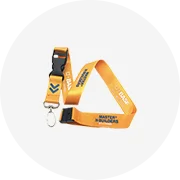
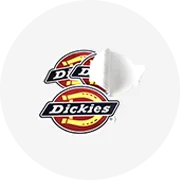
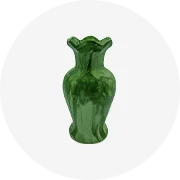
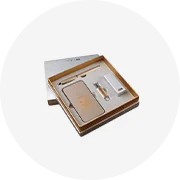
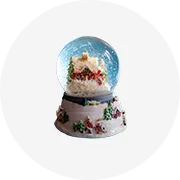
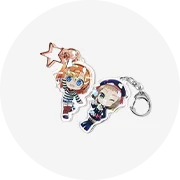
The concept of fake food, also known as faux food or replica food, encompasses a wide range of artificial food items designed to replicate the appearance of real food. These items are crafted with attention to detail, often used for display, educational purposes, or as props in various settings. The intricacies involved in creating fake food items require a blend of artistic skill and material knowledge to achieve lifelike results that can sometimes be mistaken for the real thing.
Within the realm of fake food, there are numerous types, each serving a unique purpose. Fake crab meat and crab cakes with fake crab are popular in culinary training and display settings, providing a cost-effective and sustainable option for demonstrations. Fake wedding cake and fake cake designs are extensively used in matrimonial displays, allowing for elaborate decoration without the perishability of real cakes. In educational contexts, items like fake eggs and fake cheese are utilized for nutritional demonstrations and portion sizing without the risk of spoilage.
The materials used in the creation of fake food items such as artificial fruit and fake apple fruit are chosen for their durability and resemblance to the actual product. Common materials include silicone, resin, and plastic, which are resistant to wear and tear, ensuring that the items maintain their appearance over time. These materials also allow for the intricate texturing and coloring needed to mimic the natural variations found in real food.
Opting for fake food comes with several advantages. It eliminates concerns related to food safety, spoilage, and storage, making it an ideal choice for long-term displays. For those looking to manage dietary intake, items like fake sugar and fake fruits can serve as educational tools to represent portion sizes and food groupings without the temptation of real food. Additionally, fake ice cream and similar perishable replicas are perfect for photo shoots and window displays, where they can withstand conditions that would be detrimental to their genuine counterparts.
When selecting fake food products, it's important to consider the specific needs of your project or display. Whether it's a fake a cake for a bakery window or imitation cake for a theatrical production, the context dictates the level of detail and material suitability. While Alibaba.com does not endorse any particular product, the platform offers a vast selection from various suppliers, enabling buyers to find the most appropriate items for their requirements.
The world of fake food is diverse and versatile, offering solutions for a multitude of scenarios where real food is impractical. By exploring the options available on Alibaba.com, buyers can source faux food items that meet their specific needs without the constraints of perishability and maintenance associated with real food. The platform's role is to facilitate the connection between buyers and a global network of suppliers, ensuring a broad selection of fake food products to choose from.